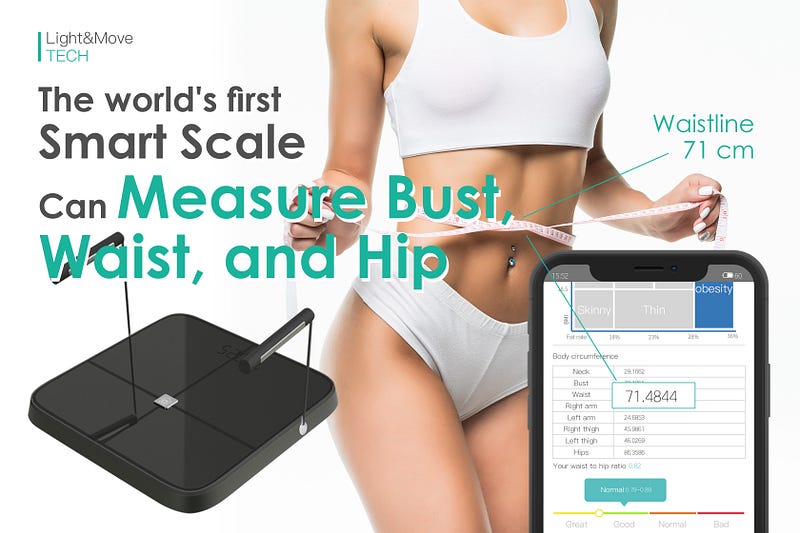How Accurate Are Body Fat Scales?
Body fat scales are devices that a person can use to measure their weight and body composition at home. The term “body composition” refers to the relative percentages of fat, muscle, and water inside the body.
Understanding how much fat and muscle make up the body can be an important tool for people looking to track their overall health.
In this article, we provide information on how body fat scales work and whether they give an accurate estimate of a person’s body fat percentage (BFP). We also outline alternative methods for estimating BPF.
How do they work?

Body fat scales use bioelectrical impedance analysis (BIA) to estimate the relative percentages of different tissues and substances within the body.
BIA sends a weak electrical impulse through the body. The impulse encounters varying levels of resistance or “impedance” from the different tissues and substances.
The scales then use a mathematical formula that incorporates the value for electrical resistance with information about a person’s age, height, and gender. People typically supply this information via a smartphone or other electronic device.
The mathematical formula then estimates the relative percentages of the following:
· total fat
· muscle
· water
· bone density
Fat offers more resistance than either muscle or water. As such, higher resistance values tend to result in calculations of a greater percentage of body fat.
Are they accurate?
Body fat scales provide a rough estimate of a person’s BFP. However, they are not very accurate.
A 2016 study found that the BIA method of measuring body composition is accurate when using standard, published mathematical formulas. However, the body fat scale that the researchers tested did not use accurate formulas to estimate BFP. Therefore, it produced inaccurate estimates.
Also in 2016, Consumer Reports conducted a test of six different body fat scales. First, the researchers used a lab-based machine called a Bod Pod to take accurate body fat measurements. They then compared these results with the data that they retrieved from the home-use BIA body fat scales.
In this study, the home-use body fat scales either overestimated or underestimated BFPs. The most accurate readings were off by about 21%, while the least accurate were off by about 34%.
Pros and cons of using them
The primary advantage of using body fat scales at home is convenience. The scales are easy and safe to use. Also, as long as the scales are consistent in their measurements — even if these are inaccurate — they can help the person roughly track the effectiveness of their exercise regimen or diet over time.
However, body fat scales are not an accurate method for estimating BFP. According to doctors, they typically overestimate or underestimate BFP by a large amount.
Home body fat scales also cannot show where a person’s body fat is stored. The location of body fat is an important consideration when assessing a person’s susceptibility to disease. For instance, a 2016 studyTrusted Source found an association between increased abdominal fat and a higher risk of developing cardiovascular disease.
But now!
Light&Move Tech has launched a brand new smart scale, they called it smart scale 2.0.

The first smart scale can measure Bust, Waist, and Hip
This is a eight-electrode Light&Move smart scale. look the appearance, its difficult to find out what is special about it, but its truly incredible part is the measurement of body data. The accuracy rate is almost the same as that of the professional human body analyzers we use in hospital or fitness center, it can detect up to 40 body data. The official description that it matches the truly data as close as 97%. Let’s take a look at the actual testing.

Incredible measurements
In the test, the most incredible thing is that the body circumference data measured by this body fat scale is almost the same as the data measured with a ruler. This is completely beyond our imagination. We have never seens such a smart scale like this.
The smallest deviation is only 0.2%, which makes it impossible to doubt the credibility of these data. When you see these data truly displayed on your phone, you know, it is, its the real data of my body composition.
Summary
If you are a fitness enthusiast, or you are very concerned about your body situation, this will be an explosive big news. You can perform accurate body data measurement at home in the future. You can monitor your real physical condition every day, and throw away the false smart scale.
The Light&Move body fat scale is currently in production, and I believe it will be available for purchase very soon, you can follow them to know about the latest of this revolutionary smart scale on https://lightmove.shop/
